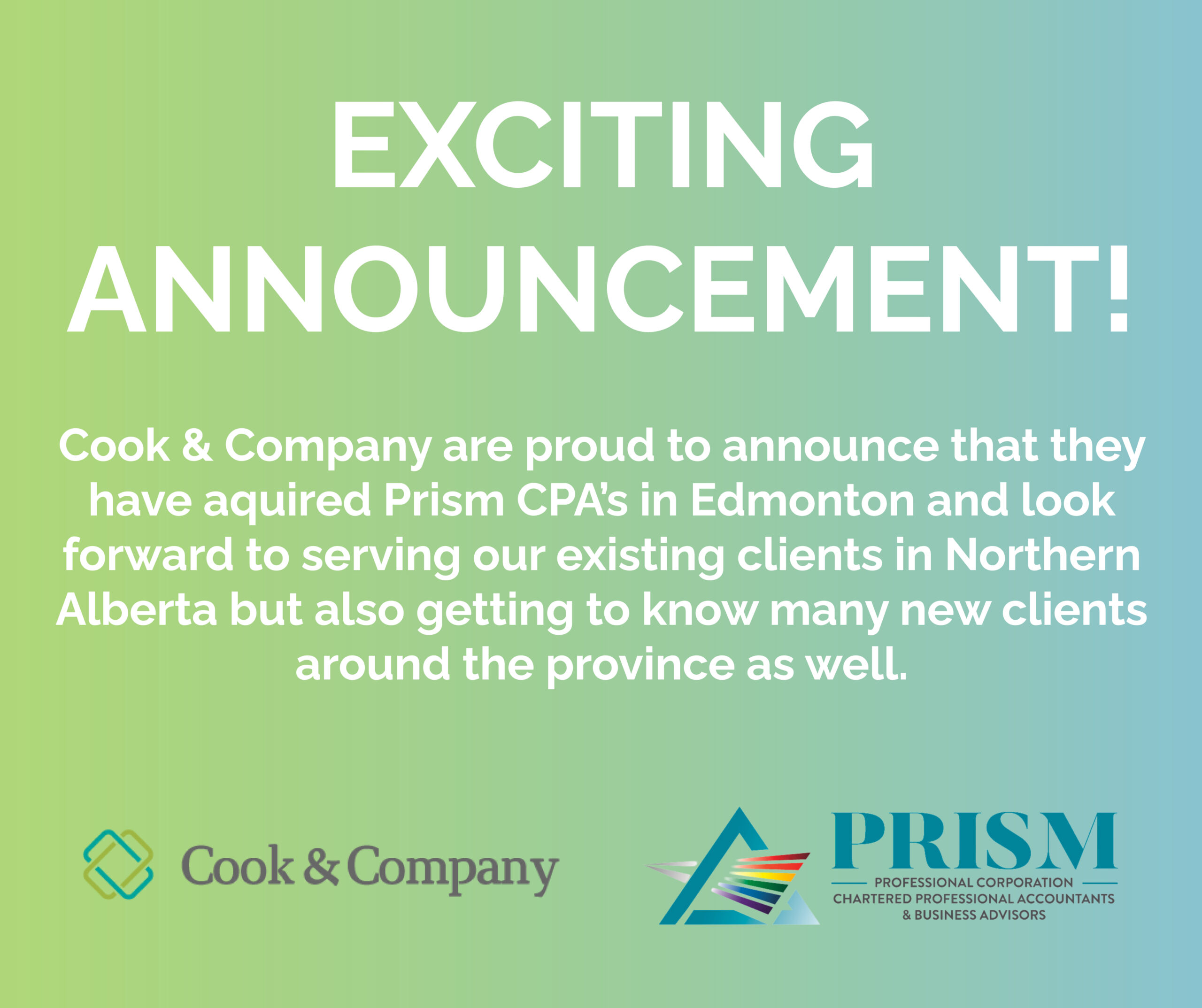Tax season is here! It’s time to collect receipts, organize documents, and prepare to file your business tax form. The CRA offers many tax deductions for small business owners. You may only claim a portion of some, while others are deductible at 100%. What is tax deductible in Canada? Read on to find out!
What is a Tax Deduction?
A business tax deduction, sometimes called a write-off, is an expense that lowers the total amount of tax a business has to pay. It is subtracted from the business’s gross income, helping arrive at the taxable income for that year. Tax deductions include expenses such as equipment purchases, office rent, insurance, and business-related travel.
What is an Example of a Tax Deduction for a Small Business?
Small businesses qualify for many tax deductions, including but not limited to:
- Capital cost allowance: If a business purchases items (buildings, computers, vehicles, computer equipment, a franchise), it can depreciate these articles (over time) providing tax benefits for several years.
- Bad debts are debts that a business is unable to collect. The Canadian Revenue Agency allows a business to claim bad debts, excluding those resulting from a conditional sales agreement or those for a mortgage.
- Start-up costs are incurred preceding the start of business operations and may be claimed as a business expense.
- Fees, licenses, and dues: A small business may claim professional service fees, fees for professional licenses, and professional association fees (membership in a commercial or trade association).
- Use of home expenses: If a business operates from a home, that business may claim a portion of the interest on the home mortgage, home insurance, electricity, and heating costs.
- Delivery, freight, and express: A business may claim fees for mail services and delivery.
- Fuel costs: A small business may deduct the cost of fuel (diesel, gasoline, propane) motor oil, and/or lubricants used for business operations. This deduction does not include fuel used in a motor vehicle.
- Insurance: A business may deduct business insurance policies (general business liability, business interruption insurance, business property insurance, fire insurance, etc.). Businesses cannot deduct the insurance for motor vehicle or life insurance premiums.
- Interest and bank charges: A small business may write off any interest incurred on money borrowed to acquire property for the business and/or for general business purposes, as well as bank charges that are incurred when processing your payments.
- Maintenance and repairs: Businesses may deduct the cost of materials and labour for maintenance and minor repairs done to property the business uses to earn income.
- Management and administration fees: A business may deduct fees paid to have assets and investments managed.
- Meals and entertainment: When an owner/employee of a business attends a conference, convention, or similar event the business may claim up to 50% of the cost for beverages, food, plane tickets, gratuities, and hotel rooms. When a business owner/employee takes a client to a sporting or entertainment event, the business may claim 50% of the cost of entrance fees, tickets, food, cover charges, beverages, gratuities, and room rental for a hospitality suite.
- Motor vehicle expenses: If a small business incurs expenses through the use of a personal vehicle for business purposes, it may claim those expenses (by keeping an accurate log of use). If a business owns a vehicle/fleet of vehicles, it may claim insurance, fuel, parking, maintenance, and repairs.
- Legal, accounting, and other professional fees: Businesses may deduct fees incurred for external professional advice and/or services (accounting, legal fees, etc.).
- Prepaid expenses are expenses paid ahead of time (ie: yearly rent) and may be claimed.
- Office expenses may be deducted (cost of pens, paper clips, pencils, stationery, and stamps.
- Other business expenses are expenses incurred to earn income and that are not included on a previous line of the business claim (disability-related modifications, property leasing costs, computer/other equipment leasing costs, allowable reserves, convention expenses, private health services plan premiums, and/or premiums not previously deducted.
- Property taxes: A business may deduct property taxes incurred for property used in the business (taxes for the land and/or buildings where the business is located).
- Rent: A small business may deduct rent incurred for property used in the business (rent for the land and/or buildings where the business is located).
- Salaries, wages, and benefits: Businesses may deduct gross salaries and/or other benefits paid to employees, but not a salary paid to the owner or business partner.
- Supplies: A business may deduct the cost of items used indirectly to provide goods and/or services (ie: cleaning supplies used by a plumber, drugs and medication used in a veterinary operation, supplies used to manufacture a product, software that is used to supply a service).
- Telephone and utilities: Small businesses may deduct costs for telephone and utilities ( electricity, gas, oil, water, cable, etc.) if they incur these expenses to earn income.
- Travel: A business may deduct up to 50% of travel expenses incurred while earning business and professional income (public transportation fares, hotel accommodations, meals, etc.).
- Cloud Computing Service Provider Fees: Cloud computing (that provides access to business applications and data from anywhere, at any time, on any mobile device) may be claimed as a business expense.
- Donations: A business can claim donations made to registered Canadian amateur athletic associations, registered charities, registered national arts service organizations, government bodies, registered Canadian low-cost housing corporations, registered universities, registered municipal or public bodies, certain registered foreign charitable organizations, and the United Nations.
- Advertising: Small businesses can deduct expenses for promotion and advertising, including amounts paid for promotional gifts and business cards. Businesses may also deduct expenses for advertising on Canadian television, in Canadian newspapers, on Canadian radio stations, and in digital or online advertising.
If You Are Unsure
Tax deductions in Canada are constantly changing. If you’re in doubt about the tax deduction potential of a particular business expense, check with your accountant and/or with the CRA. No matter what size your business is, what type of business you operate, or where you operate from, your accountant can ensure you receive the deductions you qualify for. Let your chartered professional accountant help you reduce your business’s tax burden.
Contact Cook and Company Accountants for all your tax needs. Whether you operate a sole proprietorship or a large corporation, Cook and Company will use our expertise and experience to simplify tax time. Contact us to request a consultation.












